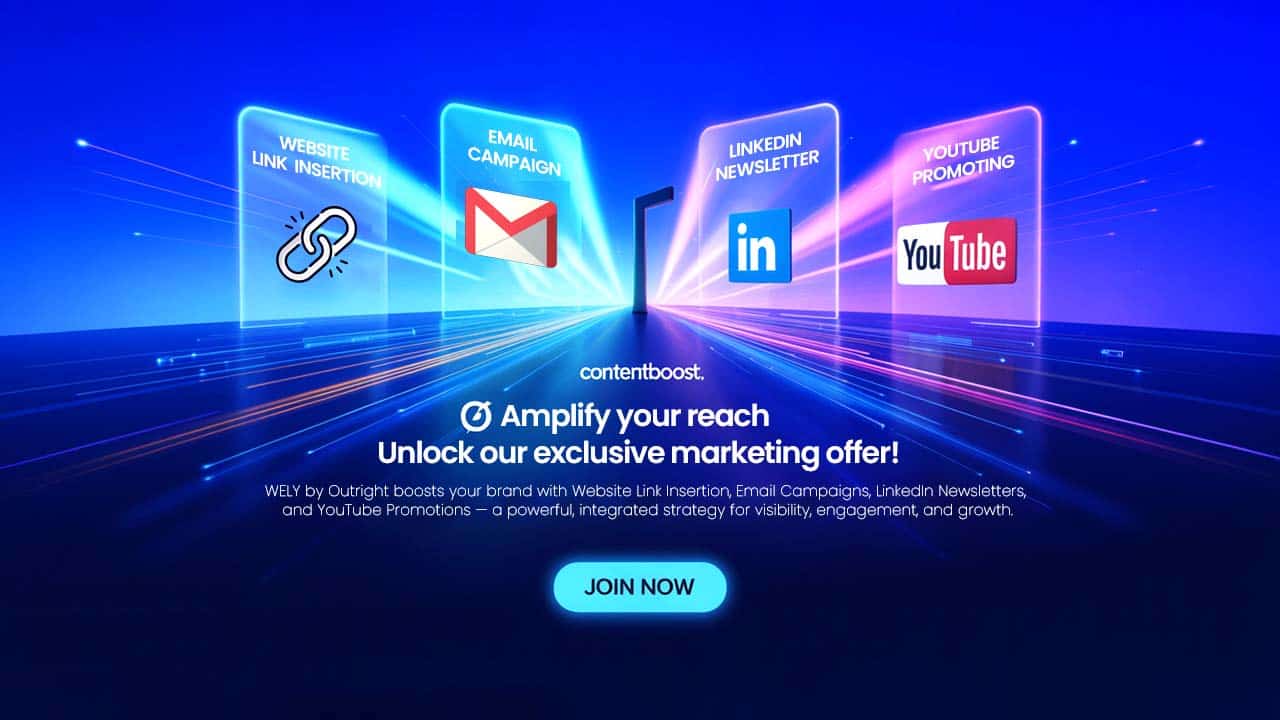In this competitive era, where every brand wants to market their product, successfully managing campaigns demands careful planning, integrated teamwork, and on-time delivery. Marketing teams often handle multiple tasks, from
In this competitive era, where every brand wants to market their product, successfully managing campaigns demands careful planning, integrated teamwork, and on-time delivery. Marketing teams often handle multiple tasks, from content creation and social media scheduling to ad placements and performance tracking. Thus, they need a tool that can integrate all these features, which has also become essential for marketers and that is the timeline template. Timeline templates provide a graphic representation of all campaign activities over time, helping teams stay organized and aligned.
Understand Marketing Campaign Timeline Templates
Marketing campaign timeline templates are pre-designed visual structures that outline the entire lifespan of a marketing campaign from initial brainstorming and strategy formulation to launch, monitoring, and post-campaign assessment. These templates break down the campaign into smaller clearly defined milestones and activities placed consecutively around a calendar timeline, usually made for weeks or months.
Marketers can customize the timeline by adding specific marketing tasks such as content creation deadlines, ad buys, email blasts, social media posts, influencer partnerships, analytics reviews, and reporting dates. The timeline templets emphasizes dependencies, deadlines, and important milestones, making it easier to understand how all pieces fit together and what needs to be done next.
How Timeline Templates in Marketing Campaigns benefits?
Streamlined Campaign Planning
Timeline templates help in providing foundation to the marketing planning process. By furnishing visual map of every step and the order they must happen, teams can identify the gaps, overlap, or unfeasible goals early. This leads to more precise planning and efficient resource allocation throughout the lifecycle of the campaign.
Enhanced Team Collaboration
Marketing campaigns often involve multiple stakeholders who are usually content teams, graphic designers, ad agencies, social media managers, and sales teams. Sharing a unified schedule ensures that everyone understands their responsibilities and when their delivery deadline is. It promotes accountability and improves communication, especially in hybrid or remote setups.
Increased Transparency and Clarity
Campaign managers, executives, and clients benefit from graphically represented schedules that summarize the campaign in a concise format. These timelines communicate progress clearly, showcase upcoming deadlines, and emerge as a single platform for updates, helping build trust and unify teamwork.
Greater Flexibility and Adaptability
As marketing is very dynamic, the targets often shift based on real-time data or market changes. Timeline templates can be easily modified to indicate new timelines, delayed tasks, or miscellaneous activities. Due to this flexibility, teams respond fast without losing clarity or momentum.
Improved Deadline Management
Since marketers have a visual presentation of the entire campaign calendar, they can easily identify critical dates and ensure deadlines are being met. This helps to reduce the risk of last-minute rushes or opportunities being missed and keeps the campaign on track from start to finish.
Key Features of Effective Marketing Campaign Timeline Templates
When selecting or designing a timeline template for marketing campaigns, look upon these following key features:
- Phase Breakdown: An ideal template should be able to clearly separate campaign phases such as Planning, Content Creation, Pre-Launch, Launch, Monitor & Optimize, and Post-Campaign Analysis.
- Task Dependencies: Visual links that highlight which tasks depend on others help in managing sequencing and avoid bottlenecks.
- Milestone Markers: Highlight key dates such as campaign kickoff, product launch, or major promotions.
- Progress Tracking: Indicators that show task completion status—Not Started, In Progress, Completed—allow the team to track real-time progress.
- Multiple View Options: Ability to view timelines by week, month, or day, depending on campaign duration.
- Collaboration-Friendly: Online cloud-based templates that enable multiple team members to update and comment have proved to provide better results and unified efforts.
- Tailored Design: Timeline Templates have flexibility in color coding and labels to match brand identity or highlight priority tasks.
- Integration Capabilities: Sync with IT project management, calendar, or communication tools for unified collaboration.
Well-Liked Platforms That Provide Marketing Timeline Templates in 2025
Several platforms provide ready-to-use or modifiable marketing timeline templates for different sizes of campaign:
- Miro: Unified whiteboard with complete outreach campaign timeline templates presenting drag-and-drop simplicity and real-time reform.
- Office Timeline: PowerPoint add in with marketing timeline templates outlined for expert demonstration and self-operating updates.
- Canva: Aesthetically pleasing templates perfect for promotional plans and campaign schedules that can be tailored for branding.
- Smartsheet and Monday.com: Enhanced project operation platforms with timeline views assimilated into complete campaign workflows.
- Google Sheets and Excel: Obtainable spreadsheet-based templates for uncomplicated or economical marketing teams.
Smart Practices for Using Marketing Campaign Timeline Templates
- Defined Goals: Start with campaign targets and plan out major activities around them.
- Break Tasks Down: Divide bigger tasks into smaller ones to avoid uncertainty and ensure every sub-activity is accounted for.
- Update Regularly: Keep the timeline updated to present time to understand changes, delays, or accelerations.
- Communicate Frequently: Use the timeline as a communication tool in meetings and to update the stakeholders on time.
- Use Color Coding: Choose different colors to differentiate marketing channels, urgency levels, or responsible teams visually.
- Within reach: Ensure to store schedules centrally, preferably in cloud tools, so team members can access it anytime and anywhere.
Conclusion
Timeline Template have become more crucial in 2025 than ever to be a part of any business as they manage marketing campaigns effectively. They bring structure, clarity, and flexibility to the complex process of marketing, keeping all the teams organized and projects on schedule. When marketers embrace well-designed timeline templates, they gain the ability to plan systematically, communicate transparently, and adapt quickly to the dynamic environment. Thus, ultimately driving more successful, impactful campaigns. Marketers who are looking to boost their campaign management should research the variety of customizable timeline templates available today across different leading platforms. These tools empower teams to execute marketing plans with confidence and deliver measurable outcomes that align with the strategic goals.
Respond to this article with emojis






